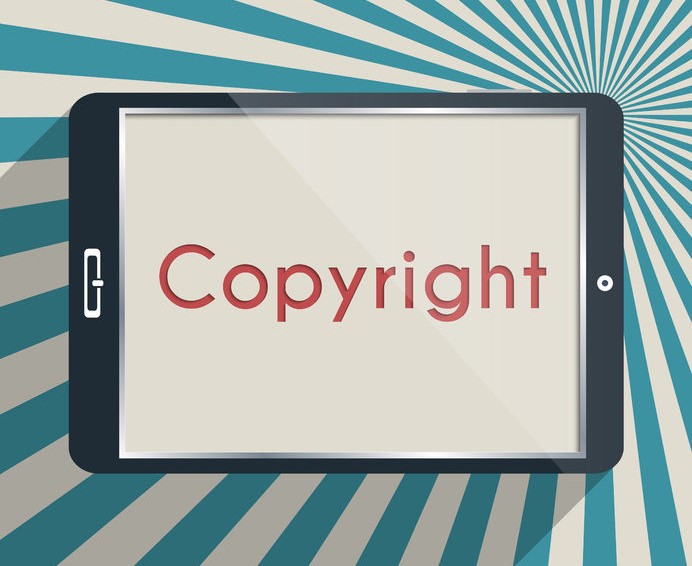
This is Part 1 of a 3 part series on social media – why you need it, your legal obligations and how you can mitigate your risks.
It is undeniable that the internet and social media have become the dominant force that determines how we connect with other people, businesses and brands online. Social media is now a powerful, cost-effective medium that can be utilised to enhance your business reach and help you establish your brand in the global marketplace.
Over the next few weeks we’ll look at why your business needs a social media presence, how to get started with the basics, and how to optimise your social media strategy. As well as considering the opportunities social media holds for your business, we’ll also be looking at some of the risks it can pose and how you can best protect yourself against possible pitfalls.
How can social media help?
Authority
Nowadays, when purchasing goods or services many people will check out a businesses’ social media page and/or blog. By creating a strong online presence that reflects your core values you can add a sense of authority to your brand.
Creating and implementing a consistent, targeted social media strategy can instantly provide your business with a sense of authenticity and credibility. Writing blog posts, sharing important news, or holding discussions via your social media profile can set you apart as a knowledgeable, helpful voice in your sector. This in turn will give customers the confidence to actively seek out your goods or services rather than turning to one of your competitors.
Engagement
Social media is no longer restricted to certain groups and the majority of your customers probably use some form of it on a daily basis. By definition, platforms such as Facebook and Twitter allow you to be online and engaged instantly every single day of the year.
Capitalising on this cost-effective marketing tool can really boost your business and ensure that you are in direct contact with your customers. Social media allows you to post information, news and offers as they happen, helping you to create a strong connection with the people who matter to your business.
Interacting directly with people via a social media profile can also provide a much needed ‘human touch’ for your business, as well as creating a sense of familiarity and trust amongst current and potential customers.
Consolidation
As we’ve discussed previously, creating a strong brand is essential to the success of your business and what better way to consolidate your brand than through social media?
You can utilise the various platforms to relay your message as well as reinforcing your brand’s recognisability through the use of your logo, colour schemes and other visual aspects of your marketing materials. Social media is a great way of showing off your brand’s personality and establishing your business as a contemporary and accessible operation.
So, what next?
Social media is now an integral part of most people’s lives and as a business you should strive to optimise the way in which you use it to promote your brand. As we’ve discussed, your customers are now more accessible than they have ever been and the opportunities social media can give your business are extensive.
But, as with everything, there are risks involved with creating an online presence! Protecting your online intellectual property, as well as ensuring you are not infringing on anyone else’s rights or breaching any laws (such as Consumer, Defamation or Privacy laws) when publishing online content, is vital. It is also essential that your data and passwords are safeguarded from the threat of online attack or possible would-be infringers.
In Part 2 and 3, we’ll look at how to get started with social media, some of the practical issues you’ll need to deal with, how to minimise the risks we’ve mentioned, and how to ensure you are fully protected by the law.


